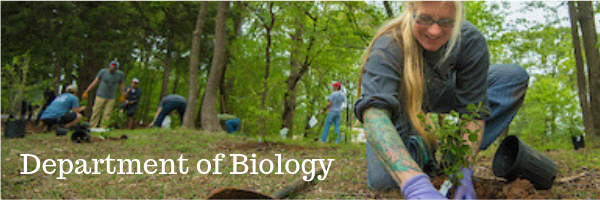
Faculty and Student Publications
Document Type
Article
Publication Date
7-1-2020
Abstract
© 2020 The Authors. Ecology and Evolution published by John Wiley & Sons Ltd. Neotropical wood-eating catfishes (family Loricariidae) can occur in diverse assemblages with multiple genera and species feeding on the same woody detritus. As such, they present an intriguing system in which to examine the influence of host species identity on the vertebrate gut microbiome as well as to determine the potential role of gut bacteria in wood digestion. We characterized the gut microbiome of two co-occurring catfish genera and four species: Panaqolus albomaculatus, Panaqolus gnomus, Panaqolus nocturnus, and Panaque bathyphilus, as well as that of submerged wood on which they feed. The gut bacterial community did not significantly vary across three gut regions (proximal, mid, distal) for any catfish species, although interspecific variation in the gut microbiome was significant, with magnitude of interspecific difference generally reflecting host phylogenetic proximity. Further, the gut microbiome of each species was significantly different to that present on the submerged wood. Inferring the genomic potential of the gut microbiome revealed that the majority of wood digesting pathways were at best equivalent to and more often depleted or nonexistent within the catfish gut compared to the submerged wood, suggesting a minimal role for the gut microbiome in wood digestion. Rather, these fishes are more likely reliant on fiber degradation performed by microbes in the environment, with their gut microbiome determined more by host identity and phylogenetic history.
Relational Format
journal article
Recommended Citation
McCauley, M, German, DP, Lujan, NK, Jackson, CR. Gut microbiomes of sympatric Amazonian wood‐eating catfishes (Loricariidae) reflect host identity and little role in wood digestion. Ecol Evol. 2020; 10: 7117– 7128. https://doi.org/10.1002/ece3.6413
DOI
10.1002/ece3.6413
Accessibility Status
Searchable text

